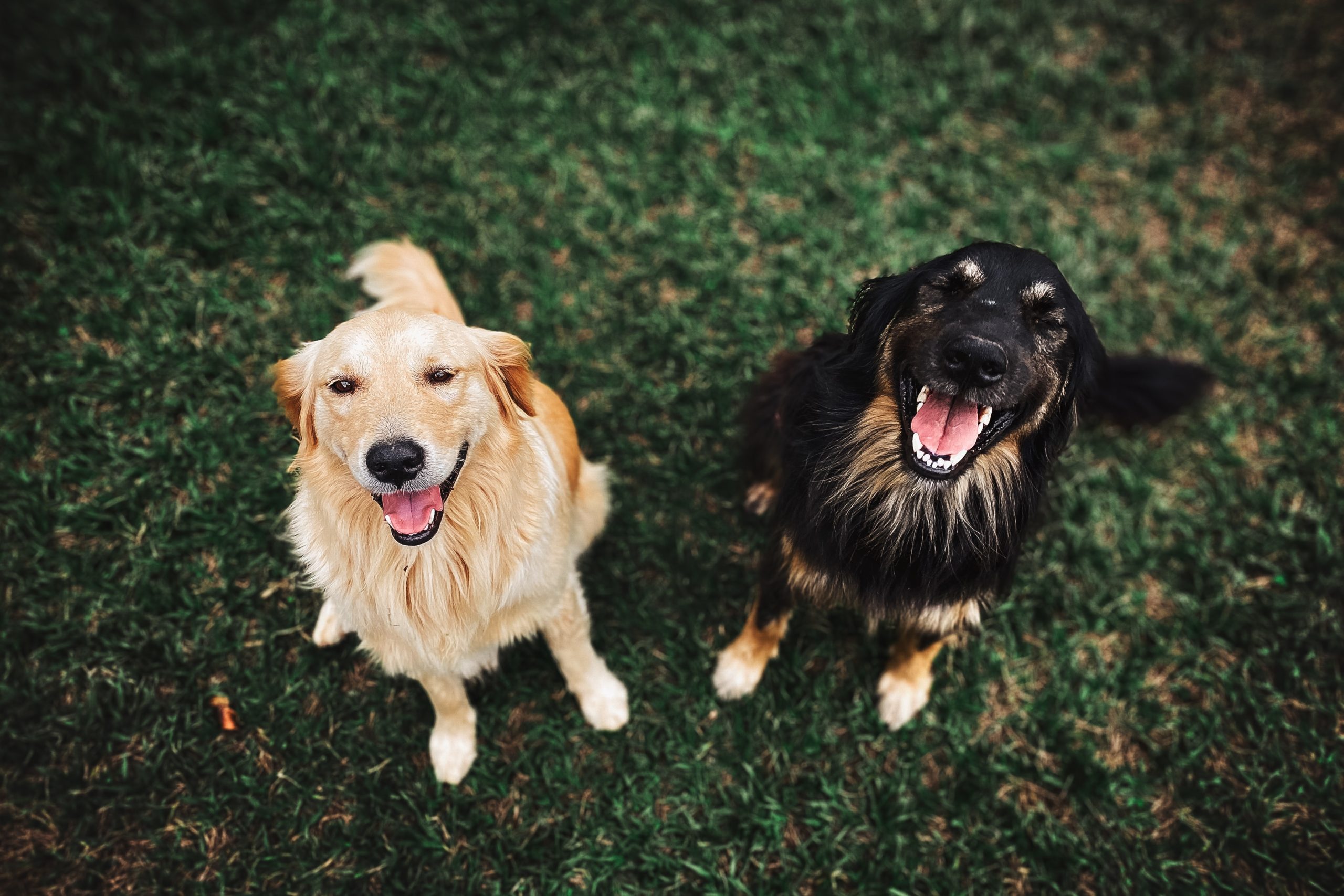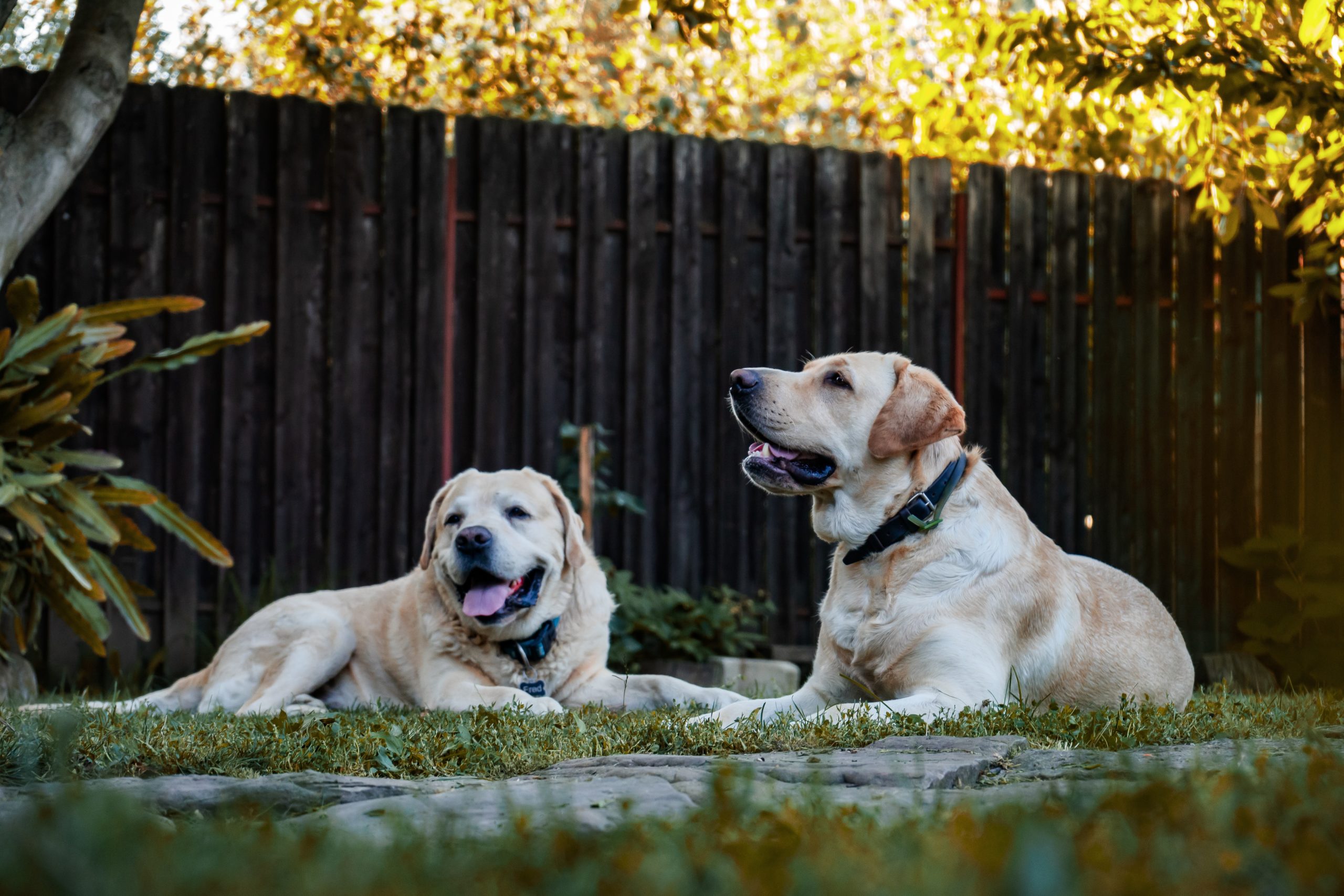With most people’s busy lifestyles, dogs are left alone at home for extended periods. Left without stimulation, or opportunity to exercise, animals quickly get bored. The amount of exercise and stimulation a dog needs depends on its breed, and its age, and whether there is another animal with which to interact.
Signs of Boredom
Boredom can lead to behavioural problems such as separation anxiety as the dog dreads being left alone again. Dogs can become destructive – both as an attempt to amuse themselves, and as a behavioural problem. Dogs can start to bark incessantly, and can become aggressive. Repetitive behaviours such as tail-chasing and constant pacing up and down a fenceline may be seen.
The 5-Point Program to avoid boredom in dogs
Solving the boredom problem for dogs requires the 5-Point Program according to veterinary behaviourist, Dr. Robert Holmes:
- Obedience Work
- Free-Running Exercise
- Play
- View of the World
- Chewing Object
Obedience Work
This quietens dogs down by giving them ‘work therapy’ or something to replace what they would get as working dogs. Secondly it brings dogs under better control. The commands can be used in other situations, such as telling the dog to ‘drop’ if it starts to be aggressive. Thirdly, it reinforces the handler’s status as leader of the dog’s pack. Every act of obedience by the dog acknowledges the handler’s authority. You can train your dog yourself, or attend obedience classes, or even send your dog to training school.
Free-running Exercise
Providing at least once or preferably twice, daily free-running (off-lead) exercise outside your property is highly stimulating for dogs and quietens them down. This does not mean following owners who are running, cycling or driving. It means letting them race around, as they like, to play or follow their noses. Free-running exercise can be used as a reward for doing a session of obedience work, or other good behaviour. It suits many owners to walk to a park for training and then follow it with off lead exercise.
Play
To keep them entertained when they are on their own, dogs can be provided with a range of toys. There are many indestructible toys available, some of which you can hide food inside that you can leave with a dog on its own. Regular play sessions with other dogs are a good idea as well as with the owner with a tennis racquet and ball, or a frisbee. Canine neighbourhood playgroups have enormous benefits, as long as the dogs’ temperaments are complementary and the owners are prepared for the possibility of vigorous chasing, barking and digging, at least until they have settled down into a routine.
View of the World
Allowing dogs to watch the world go by has a pacifying effect on them. Dogs that are let out to the front yard for short periods tend to bark, so by allowing them long periods of access to the streetfront they will eventually settle down when their need for stimulation is satisfied. This will depend on the nature and the variation in stimulation perceived. Dogs that are overly reactive to passers-by due to anxiety, fear or territorial reasons may need the opposite and be kept in the backyard away from stimulation.
Chewing Object
Direct a dog’s natural chewing behaviour onto a large raw bone such as shins and shanks, or a rawhide bone or similar chewing toy. If your dog buries its bone, provide more so that there is not the need to store them for a day when they are scarce.




